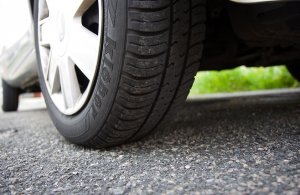There is a lot of mystery and misinformation surrounding automatic transmissions, even within the automotive industry. While some of these myths might have been true decades ago, modern technology has helped to level out the performance disparity between automatic and manual transmissions. Today’s blog is going to take a closer look at common transmission myths and the facts that will debunk them.
Automatic transmissions are sealed units that are neither serviceable nor repairable.
It all depends on finding the right technician. Even though it seems like the only fix for a problem with an automatic transmission is a complete replacement of the unit, they are repairable and can benefit from being serviced. Those who don’t work with automatics can find the task daunting and nigh impossible, but for those who do, the task is still difficult because it’s easy for things to go wrong. The reason for this is that automatic transmissions contain a lot of small parts that are easily forgotten, so many mechanics don’t like to work on them.
Cars with manual transmissions always cost less than their automatic counterparts.
While cars with manual transmissions tend to cost less, this isn’t always true. Consumer Reports notes that buying a car with a manual transmission can help consumers save between $8,000 and $12,000, but a number of cars on the market today, such as BMWs and GM models, cost the same regardless of their transmission. The maintenance cost of automatic transmissions may be higher, but better design has helped them to last the life of the vehicle, so long as the driver is taking care of it. Manual transmissions tend to not last as long and may need a few replacements during the car’s lifetime. Of course, this depends on the driver’s behavior and other variables as well.
Automatic transmissions are less fuel-efficient than manual transmissions.
This claim is unfortunately true, however, manufacturers are closing the gap in fuel efficiency between manual and automatic transmissions. That being said, manual transmissions tend to beat automatics in fuel efficiency by a small margin in most cases. At its simplest, the problem boils down to weight and friction. Automatics are heavier than manual transmissions, which require more work and thus require more fuel. Depending on the abilities of the driver, though, automatics can be more efficient at times by switching gears at the most efficient time as opposed to manual if the driver isn’t good at hitting the optimal shift time.



